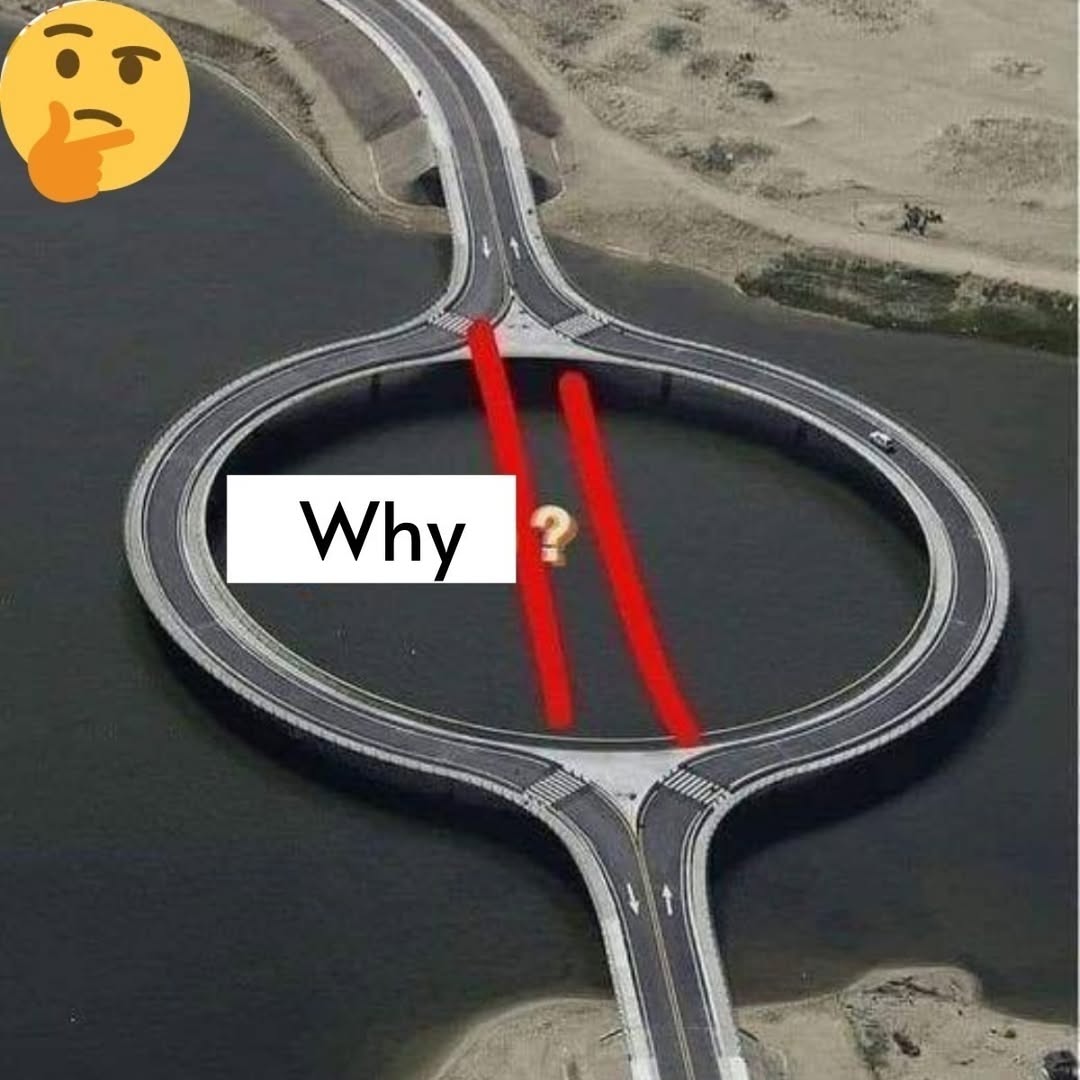
Ever found yourself navigating a winding road and wondered, “Why didn’t they just make this straight?” While straight roads might seem like the most efficient path from point A to point B, there’s a method to the madness of those twists and turns. Let’s dive into the reasons behind curved road designs and how they play a crucial role in our daily commutes.
The Safety Perspective: Curves as Lifesavers
Straight roads can be deceptively dangerous. They often encourage higher speeds, leading to increased risks of accidents. Drivers might become complacent, lose focus, or misjudge stopping distances. In contrast, curves naturally prompt drivers to reduce speed and stay alert, enhancing overall road safety.
Environmental Harmony: Working with Nature
Imagine trying to carve a straight path through a mountainous region. The environmental impact would be significant, involving extensive excavation and potential disruption to ecosystems. Curved roads allow engineers to follow the natural contours of the land, minimizing environmental disturbances and preserving the beauty of the landscape.
Economic Efficiency: Balancing Cost and Construction
Building straight roads, especially in challenging terrains, can be a costly affair. It may require tunnels, bridges, or extensive leveling. Curved roads, by adapting to the existing topography, often reduce construction complexities and expenses, offering a more budget-friendly solution.
Traffic Flow and Driver Behavior: The Psychological Edge
Curves play a subtle yet significant role in managing traffic dynamics. They discourage speeding and promote attentive driving, leading to smoother traffic flow and fewer accidents. In essence, the design of the road influences driver behavior, contributing to a safer driving environment.
Weather Considerations: Navigating Nature’s Challenges
In regions prone to adverse weather conditions like heavy rain, snow, or ice, straight roads can become treacherous. Vehicles may gain excessive speed or struggle with traction. Curved roads help moderate vehicle speed and provide better control, reducing weather-related accidents.
Conclusion: Embracing the Curves
Next time you find yourself on a winding road, remember that each curve is there for a reason. It’s a blend of safety, environmental respect, economic sense, and traffic management. So, embrace the journey, knowing that those bends are designed with your well-being in mind.





